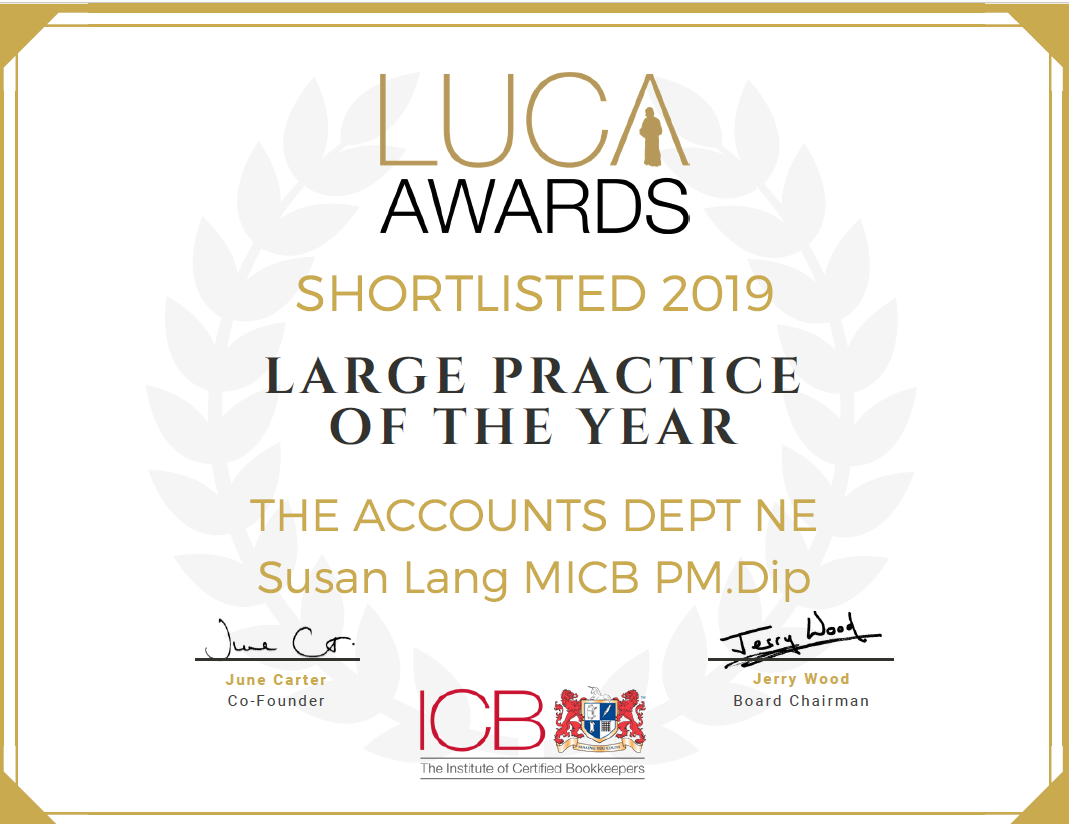|
If you deferred your VAT payment that would have been due from March to June 2020, and cannot afford to pay by 31st March 2021, you can now join the VAT deferral payment scheme, and pay the VAT owed over a longer period.
Joining the scheme will allow you to make up to 11 monthly instalments, interest free. The earlier you join, the more months you will be able to spread payments across, so if you plan on joining, make sure you do so asap! To use the online service, you must:
SCHEME OPENS 23RD FEBRUARY 2021
2 Comments
Domestic reverse charge VAT legislation is a change in the way CIS business handle and pay VAT. It moves the VAT liability from the Supplier (subcontractor) of a service in the construction industry to the customer (contractor) It comes in in the UK on 1st MARCH 2021. The scheme is designed as an anti-fraud measure and intends to cuts down on 'missing trader' fraud, where companies receive high net amounts of VAT from their customers but have no intention of paying the VAT to HMRC. You will be affected by this if you are a business involved in buying and selling construction services. It does not apply to zero-rated supplied of construction services eg. new build dwellings. So for example if you are a plumbers, builder, joiner or electrician and you usually fall under the current CIS Tax Scheme then this will apply to you. There are some quite specific conditions that must be met before applying the reverse charge. When ALL of the following conditions are met then you must apply the reverse charge VAT rules... 1.Specified services - generally if it falls within CIS Scheme *See further info at the bottom of the page 2. Standard rated or reduced rate - 20% or 5% VAT would usually be charged. 3. You are VAT Registered 4. You are CIS Registered 5. The customer intends to make an onward supply of construction services to another party The supplier and the customer must not be connected. Reverse charge does not apply if the customer has notified the supplier that they are an end user.(In writing!) What is an End User? For reverse charge purposed consumers and final customers are called end users. They are businesses, or groups of businesses, that are VAT and CIS registered but do not make onward supplies of the building and construction suervices supplied to them. How does it work in practice? example from a subcontractors point of view: ABC Electrical is VAT registered, a subcontractor and supplies services and materials to their subcontract Colins Builders. Under the new rules ABC Electrical issue a Sales Invoice to Colins Builders for only the NET VALUE of the goods and services and No Vat will be charged on their invoice. The accounts software will have a code called 'Reverse Charge' to account for this. Subcontractors may find they receive regular VAT repayments from HMRC example from a contractors point of view: Colins Builders receive a purchase invoice from ABC Electrical for goods and services. There is no VAT charged on the invoice. There is a statement confirming 'Domestic Reverse Charge at 20% VAT on Income' indicating that they must account for the output VAT on their VAT Return. The accounts software will have a specific code! Colins Builders will pay the VAT on this invoice direct to HMRC, instead of paying to ABC Electrical. As long as the correct VAT code is used within the accounting software the VAT will be input into the correct boxes on the VAT Return! When the contractor is at the top of the supply chain their customer will be the End User. In the example above the Contractor Colins Builders is issuing their end user, Owens Developments plc with a sales invoice. Because Owens Developments plc are the END USER, Colins Builders will issue the sales invoice in the normal way with standard 20% VAT. DOWNLOAD HMRC FLOWCHART to help you decide whether DRC Rules apply - click the download link at the bottom of this page. *Info - when do CIS Rules apply? CIS rules generally define construction as building, making, assembling or putting together, and its activities may include: •Groundworks and preparation of site •General building works like bricklaying, plastering, and roofing •Electrical works and plumbing •Painting and decoration works •Maintenance and general repairs •Demolition and dismantling works •Erecting scaffolding structures •Extending an existing building structure •Landscaping and tree planting when done as part of a new housing development project •Assembling of pre-fabricated housing units either on- or off-site and site facilities •Assembling of parts of a prefabricated housing structure that is then transferred to a different site for final installation.
|
Don't forget to sign up for our Newsletter for regular updates.
AuthorSusan Lang - i'm not a budding writer but I will try my best :-) Archives
June 2022
Categories |
||||||
We Would Love to connect with you Soon!Contact
|
|
|
© 2022 The Accounts Deptartment Ltd. All rights Reserved. |

 RSS Feed
RSS Feed

